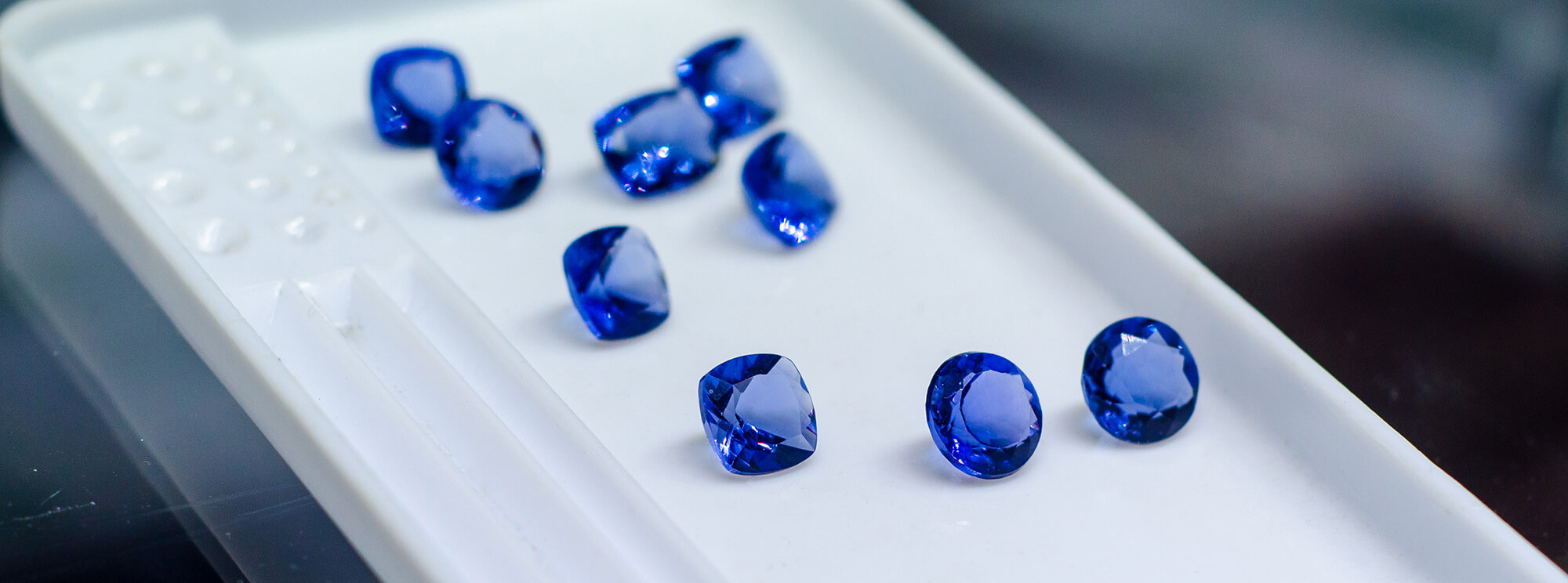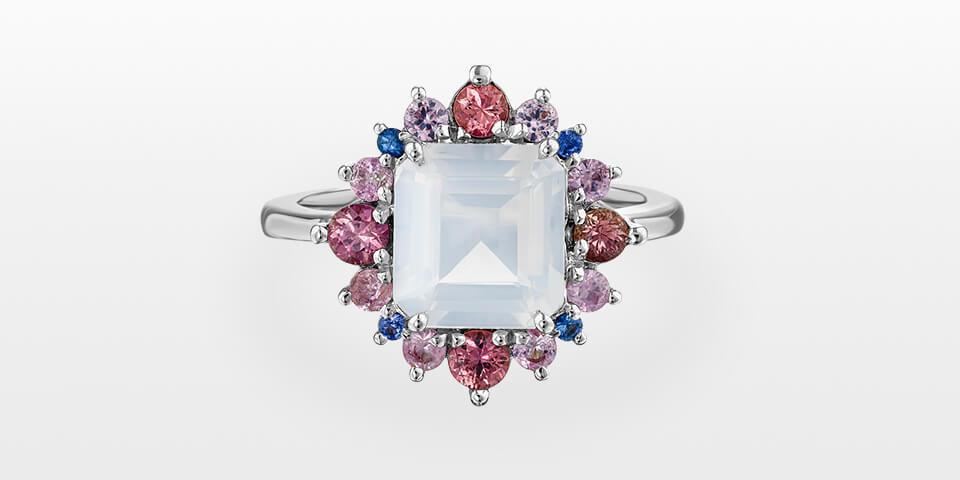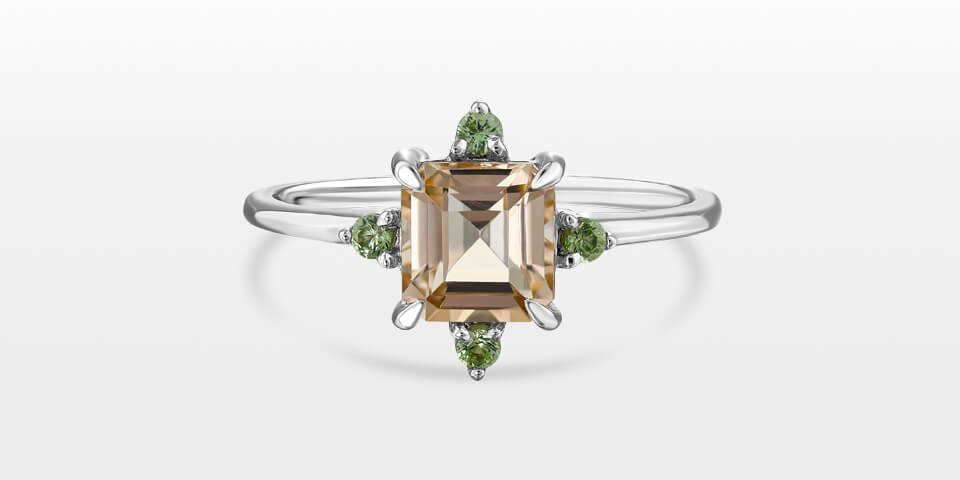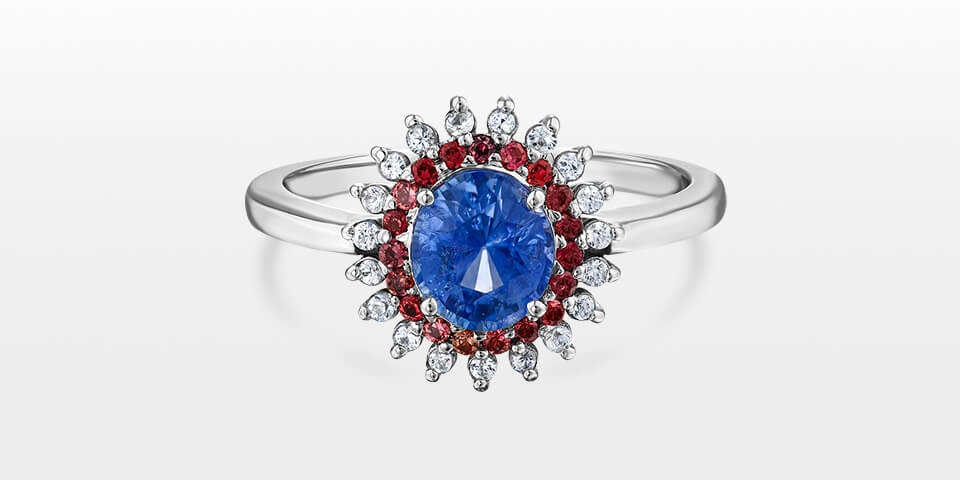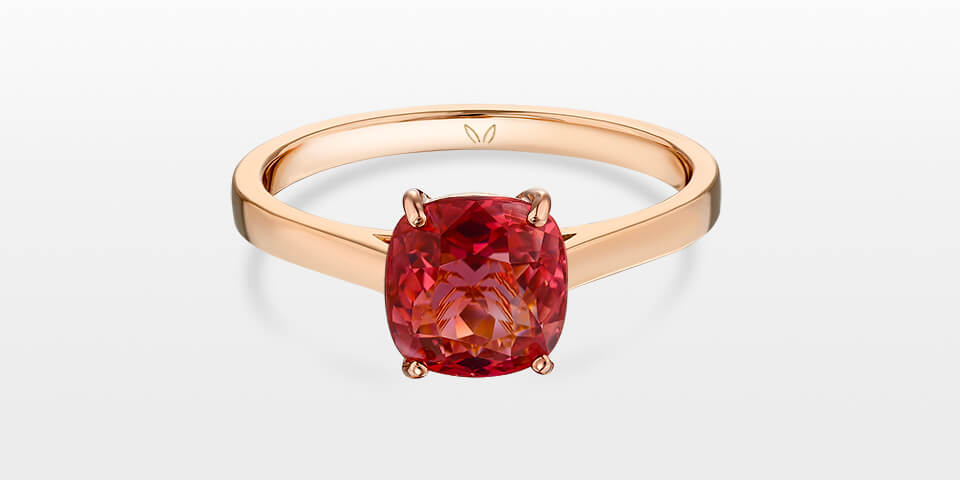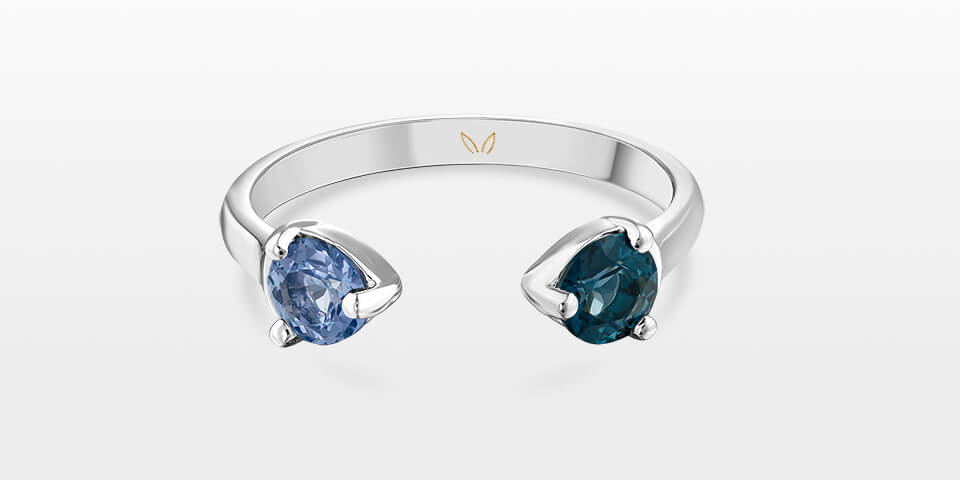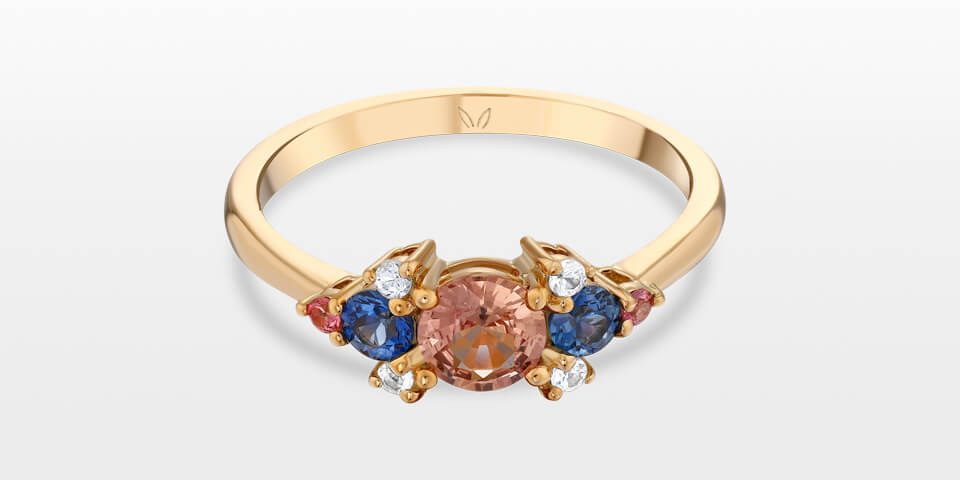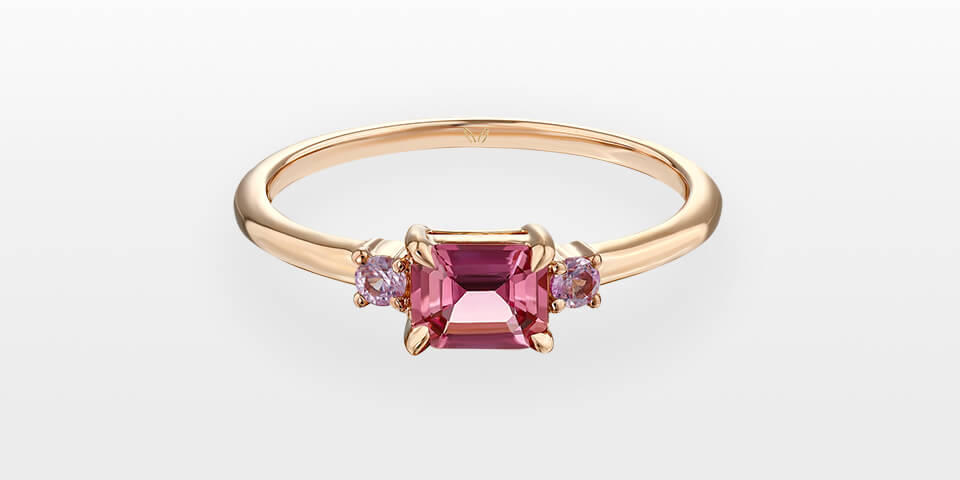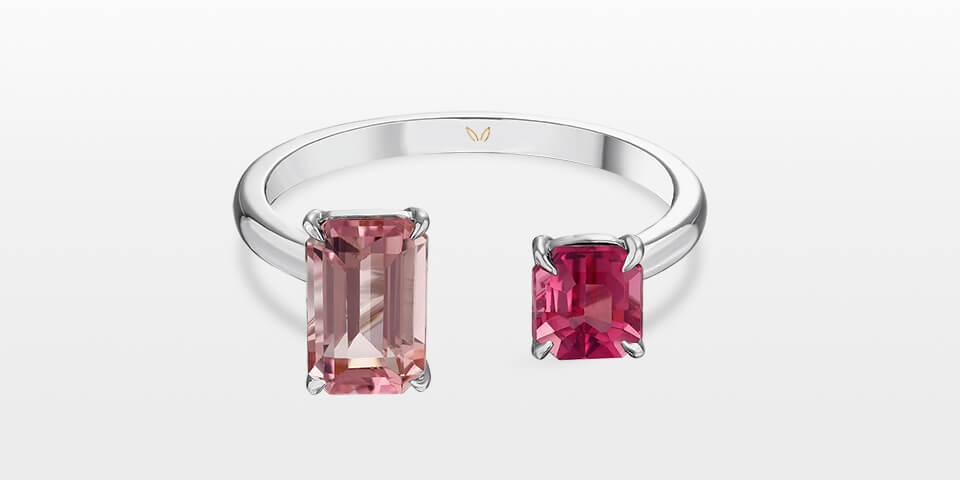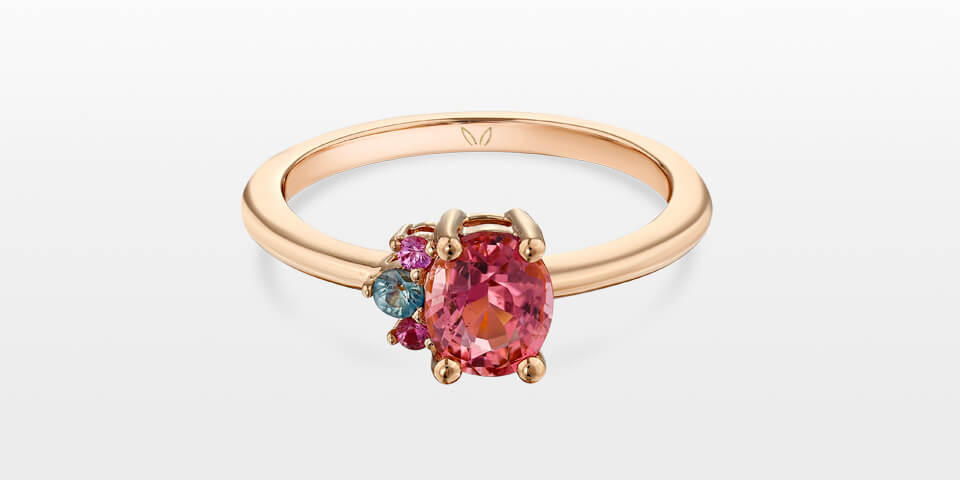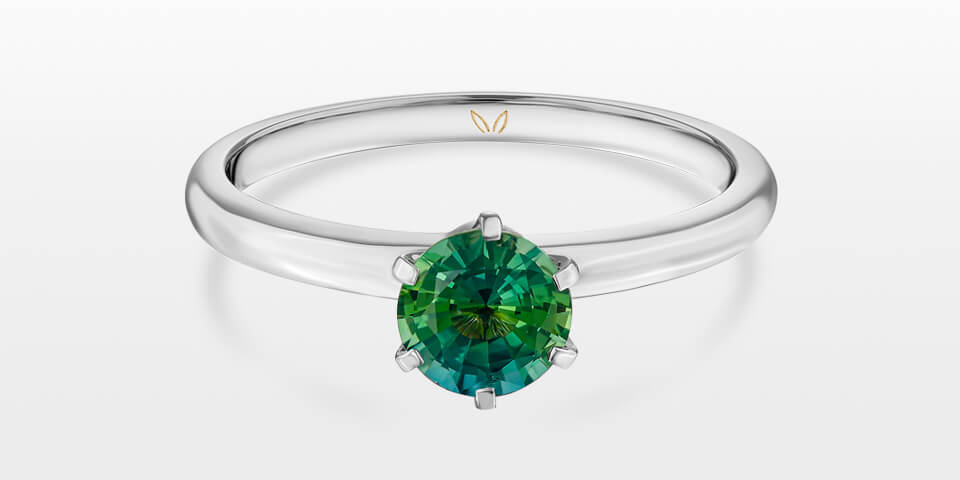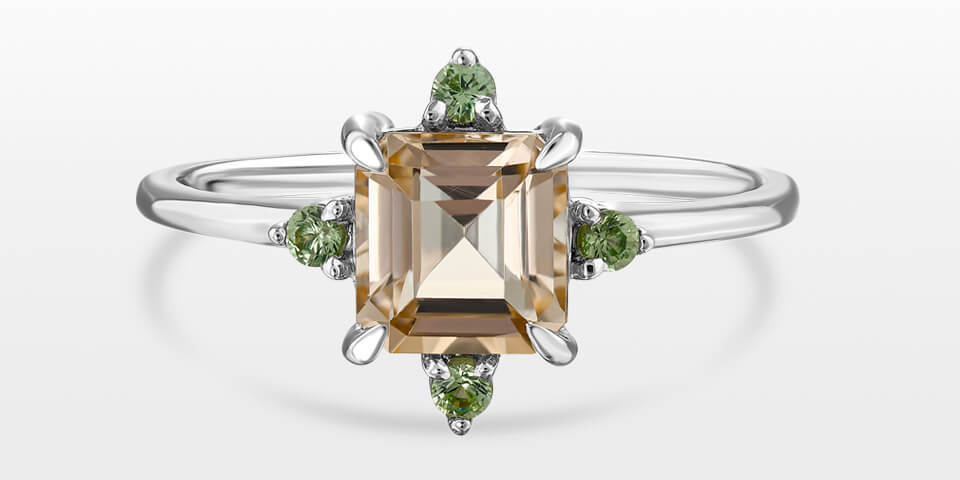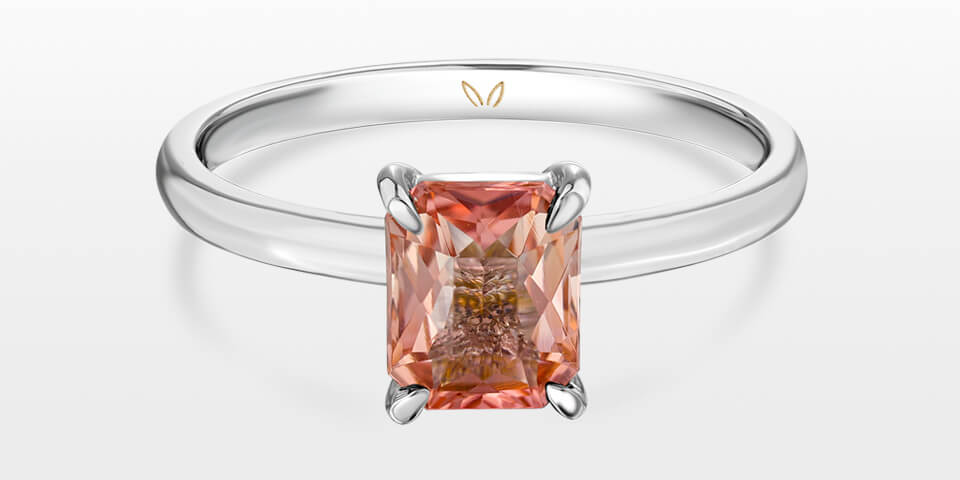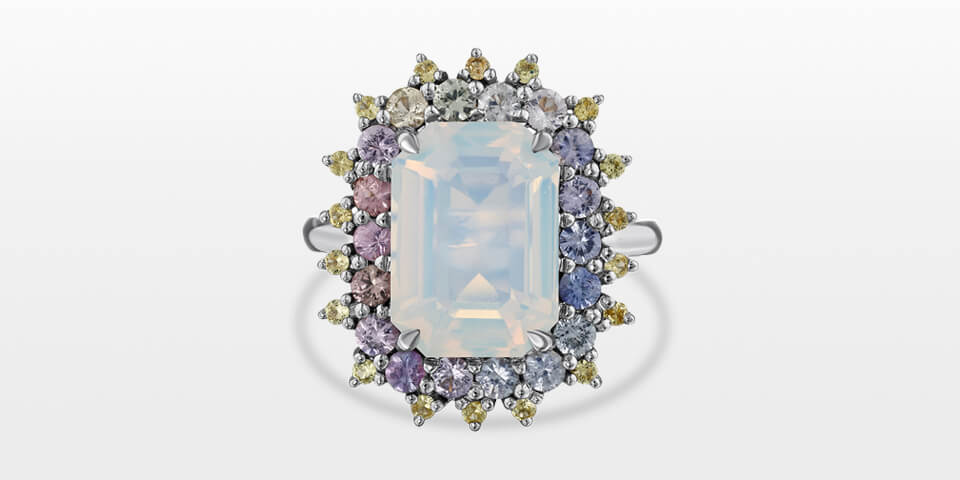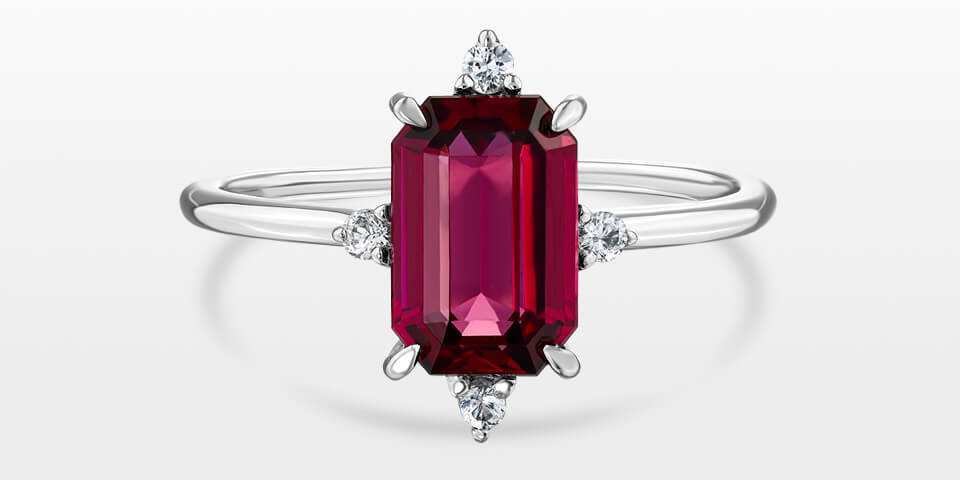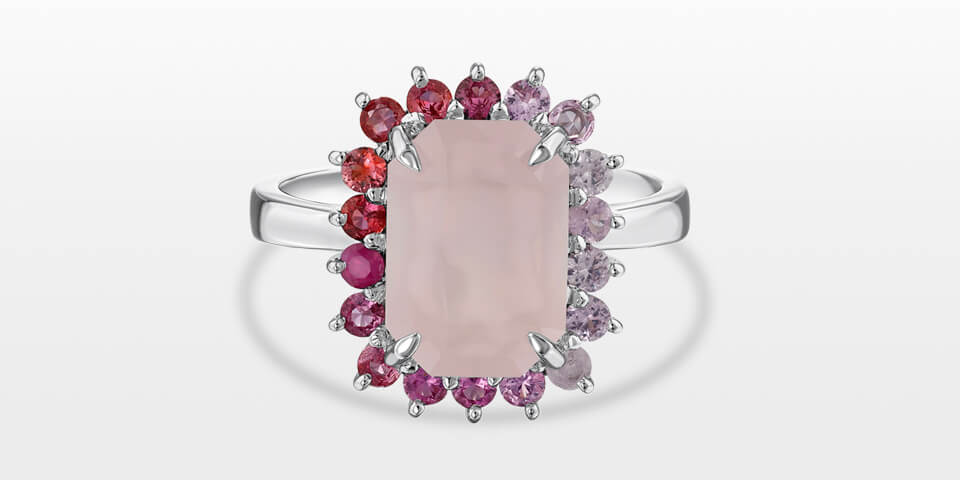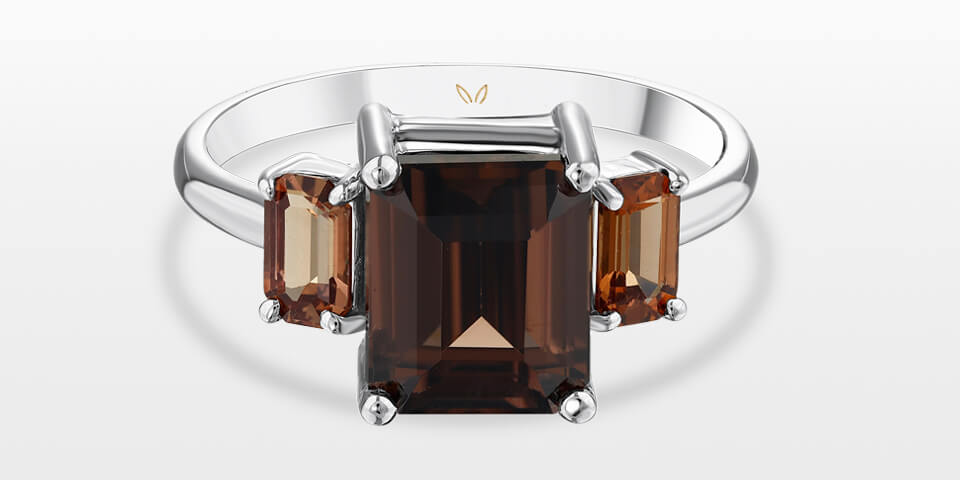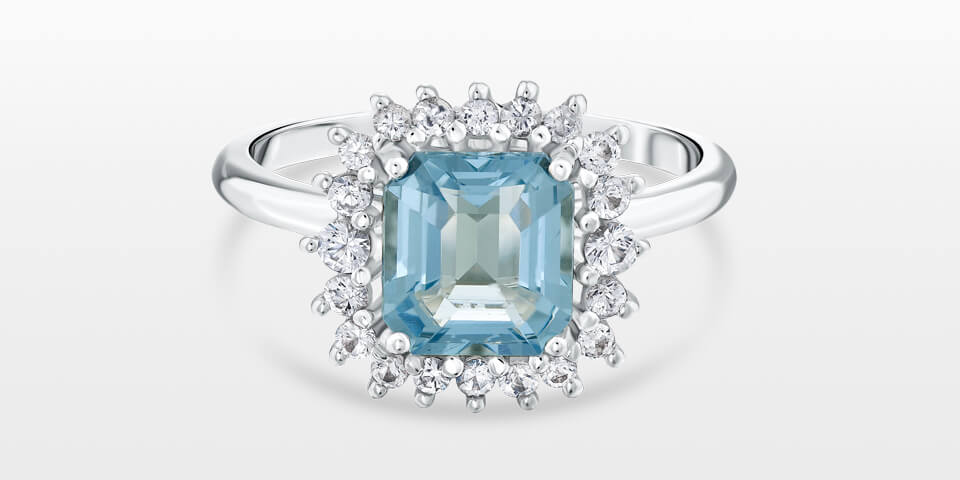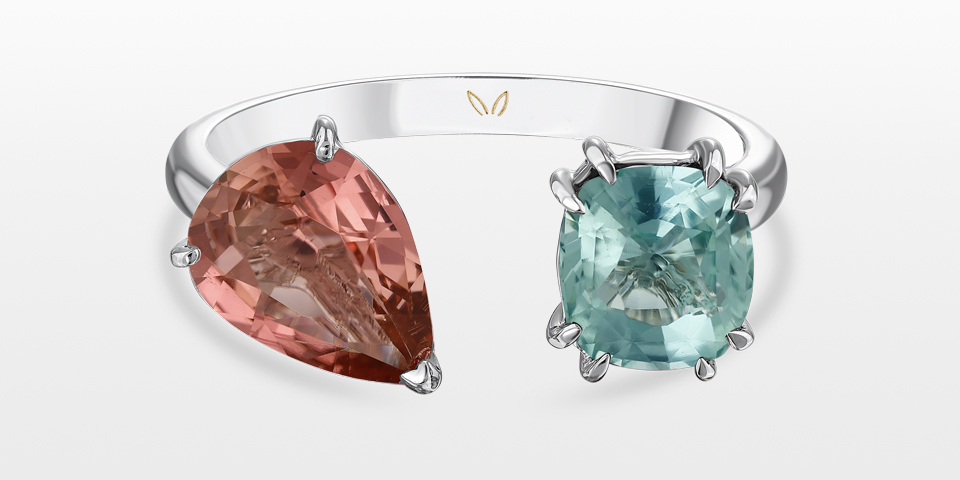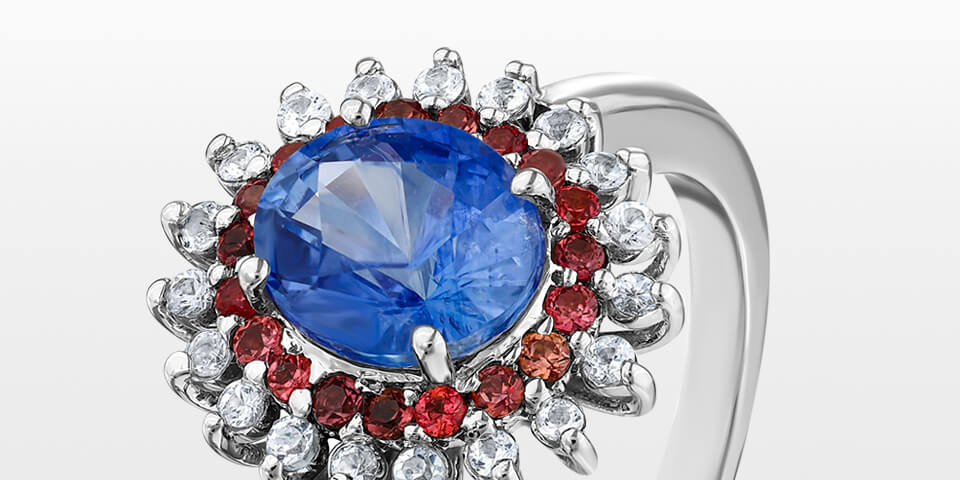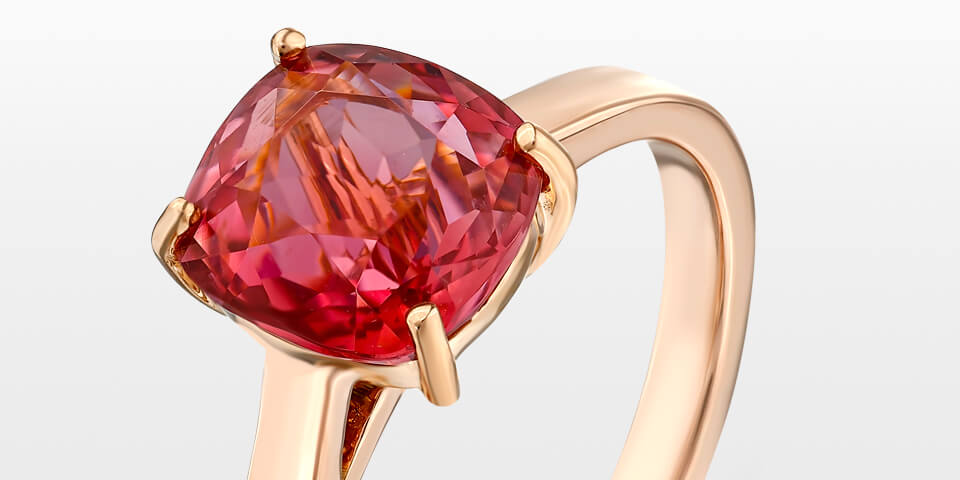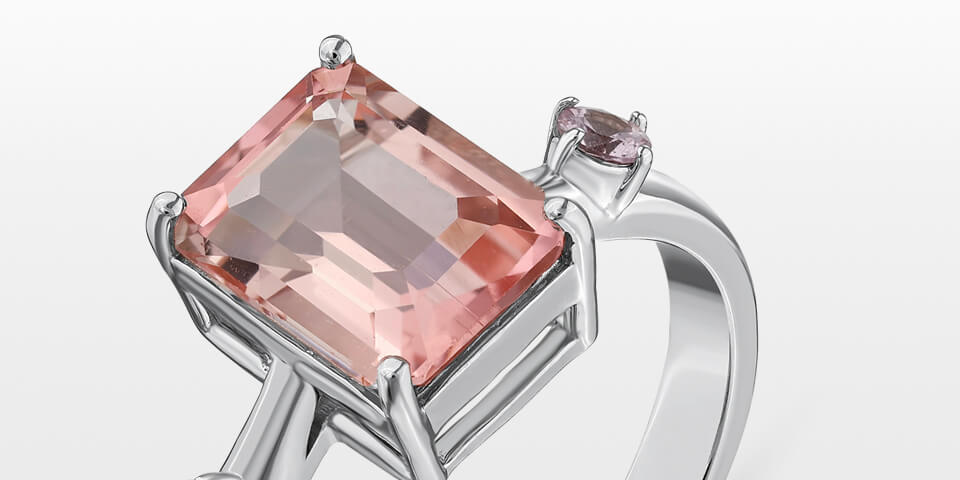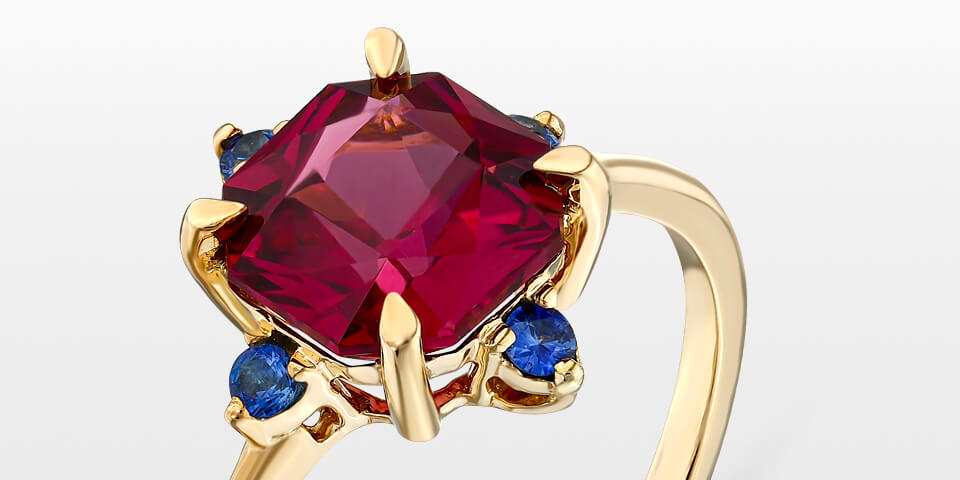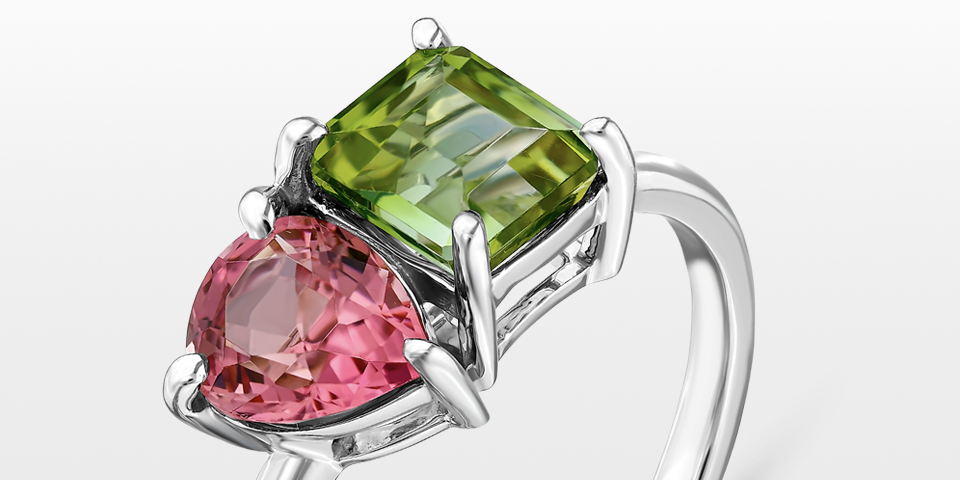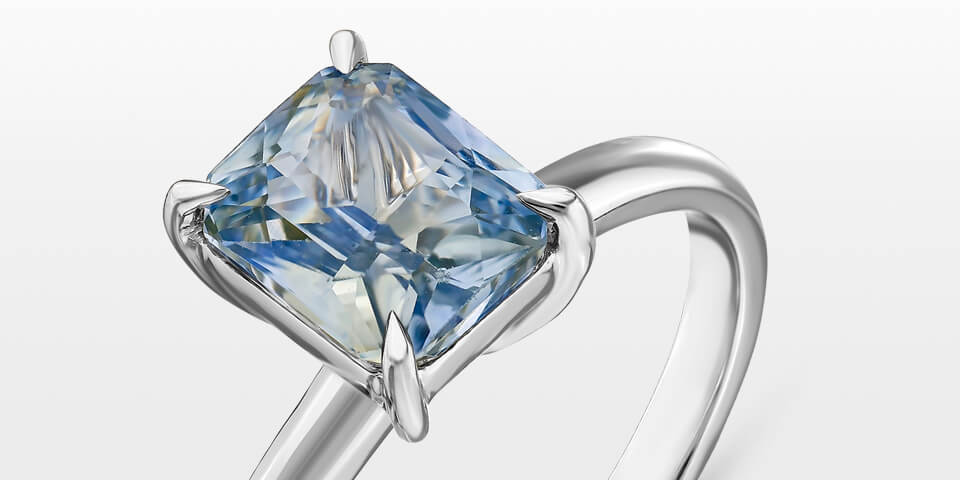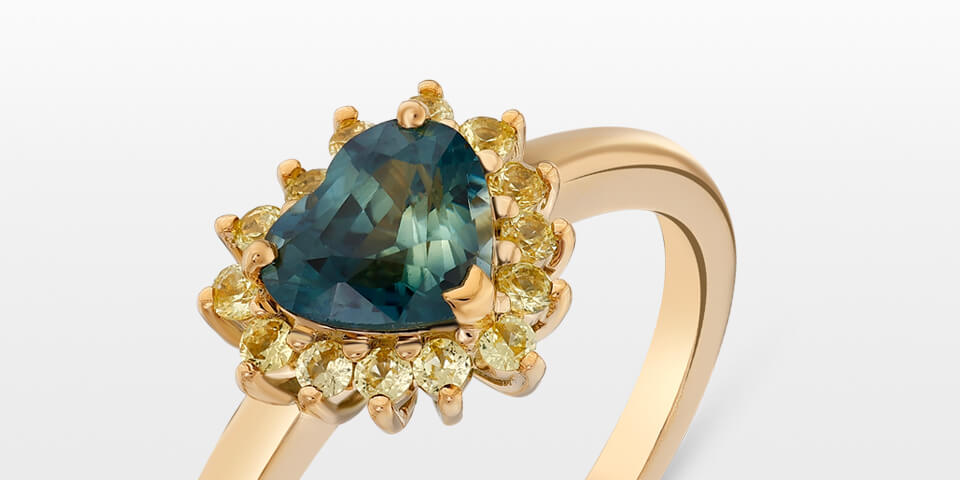
Any gem-quality rudiments are then thoroughly examined for size, color, and clarity. Even a large portion of this chosen material might not be cut if it is too small, has an odd shape, or for some other reason does not satisfy the demands of the market. Grading must be done carefully at this early stage because cutting is costly and time-consuming. The cutter will make the final choice regarding what is cut in order to be certain. However, the more evaluation and grading that occurs before gems are brought to the cutter's workshop, the better.
What is Non-gem Quality?
For the most part, all zoisite material is common zoisite. Even when well crystallized, it lacks gem-quality because it is opaque. There was very little gem-quality zoisite known prior to the discovery of tanzanite, a variant of zoisite.
What is Mid-gem Quality?
It is possible to facet even gems of medium quality because tanzanite is a relatively common stone. It is uncommon to facet more common stones, like amethyst, because the expense of cutting a mid-quality rough would be greater than the final value of the finished gem.
What is the Superior Quality of Gemstones?
A gemstone's superior quality can be seen in even a small portion of it. Both the rough and the cut stone in this tanzanite example are clearly of a higher quality than the mid-quality grade.
